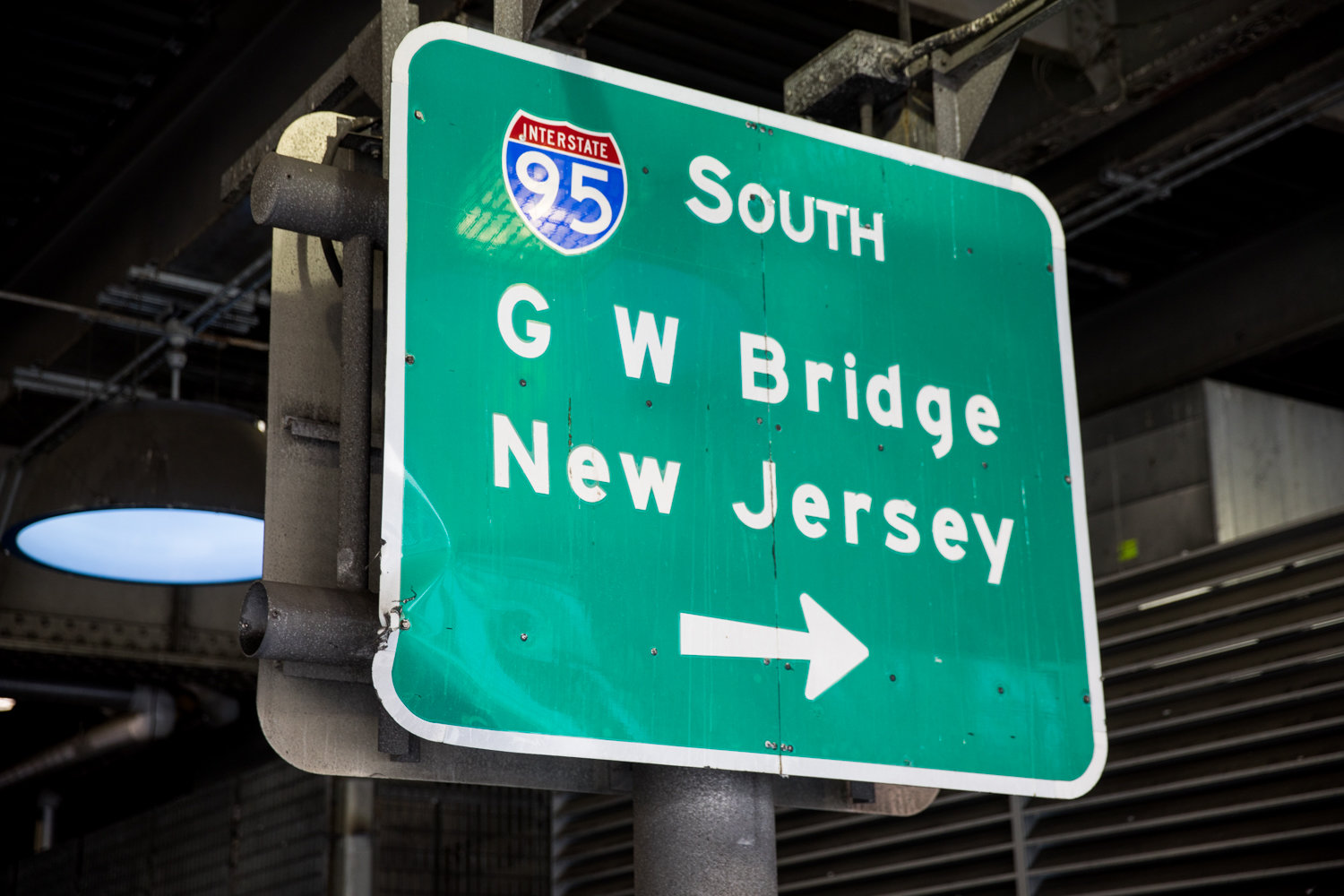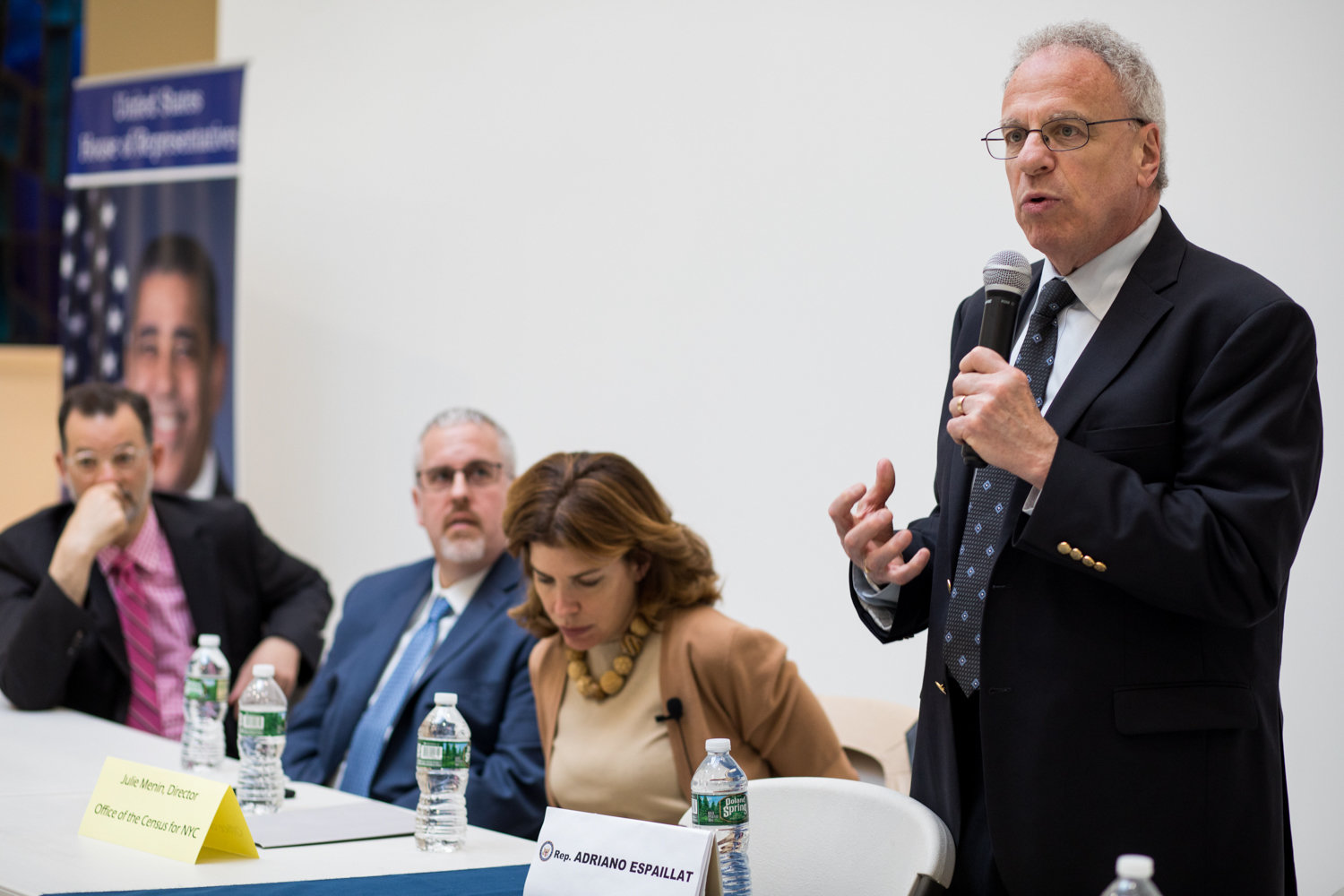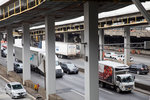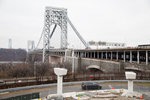Major city crossing will get more expensive for everyone
The George Washington Bridge is one of the most expensive bridges in the city, with cash-paying drivers forking over $15 per crossing, and those with E-ZPass shelling out between $10.50 and $12.50, depending on the time of day.
There’s one more significant break, however: Private vehicles holding three or more people can use the carpool lane, dropping their toll to just $6.50. The discount was put in place to incentivize commuters to travel together, reducing the number of cars on the road while potentially driving down emissions.
But in December, the Port Authority of New York and New Jersey announced plans to end the carpool lane and discount Jan. 5, coinciding with a general toll hike. The lane also would be discontinued on the Lincoln and Holland tunnels, with E-ZPass drivers paying $13.75 to cross the span during peak hours, and $11.75 off-peak.
Those paying with cash will have to cough up an additional dollar for a $16 crossing.
That plan drew the ire of drivers from both sides of the Hudson River, lamenting the state of the bridge and the cost of driving in and out of the city.
Bronxites took to social media to express their displeasure, calling the move “greedy” and the port authority “corrupt.”
They pointed out that the bridge, constructed in the 1930s, is very expensive and quite old.
Despite that, the outcry hasn’t been nearly as loud as it has been for recent city transportation and MTA projects, said Assemblyman Jeffrey Dinowitz. While the lawmaker’s office has heard some grumblings, they pale in comparison to recent floods of calls and emails about express bus cuts.
That may be because the toll is only charged coming into New York City from the New Jersey side. Those commuting into Manhattan and the Bronx via car will be affected more than those who both live and work in the city.
For those commuters, though, the steep toll and removal of the lane might be enough to drive them off the bride entirely.
Wendy Steinberg, vice president of communications for RiverSpring Health, drives in each morning from northern New Jersey.
“It’s unfortunate that the tolls are increasing because I think it will force commuters, like myself, to find other ways to get into the city,” Steinberg said. “Very often in the morning, I will get the GW bridge traffic pattern as well as the Mario Cuomo Bridge pattern. And if they are close in terms of how long it will take me to get to work, I will choose the Mario Cuomo bridge because it’s much more economical.”
The Mario Cuomo, which was officially completed in 2018, is nearly 25 miles north of the northernmost border of Riverdale. Despite the distance, the bridge toll is $4.75.
Luckily for those upset commuters, the port authority was listening. They pushed the removal of the carpool lane to 2021.
“The port authority believes — for safety, efficiency and environmental reasons — transitioning to cashless tolling will have a positive impact on our customers, our facilities, and the region,” the agency said in a statement. “But we’re also listening when our customers speak up. That’s why this week we are bringing before our board a proposal to phase out the carpool discount at the Hudson River crossings only as each facility actually implements cashless, all-electronic tolling.”
Full cashless tolling won’t be completed until late 2020 or early 2021, and now, the carpool lane has a short lease on life until then. Once it’s in place, port authority officials say there will be no way to count the number of passengers per car.
Steinberg never uses the carpool lane, always driving by herself, and felt she might even benefit from another lane being open to her. But the increased toll was still enough to push her to use the Mario Cuomo.
If cashless tolling goes into effect in 2021 — bringing the end of carpool lanes with it — more people may be driving single-occupancy vehicles into New York City just as congestion pricing begins charging those driving into lower parts of Manhattan. That charge is meant to alleviate traffic in car-heavy areas of the Financial District.
Dinowitz, who only supported congestion pricing after he was able to eliminate the Henry Hudson Bridge toll for Bronx residents, said he expected that changes would be different for those driving across the bridge or through the tunnels.
“The tunnels serve similar areas as NJ Transit and PATH, but we don’t have a rail transit alternative for the bridge,” Dinowitz said. “Maybe tunnel carpoolers will switch to the train, but I would anticipate that at least some of the bridge carpoolers will still drive and just have to pay more out of their own pockets.”
Steinberg agrees — if there was a viable rail or bus option near the bridge, she would definitely take it.
“If there was a way to get into the city without driving over a bridge, it would be less stressful and it would let me multitask,” she said. “Reading, emailing, I could do a number of things I can’t do now.”
For now, though, she’ll likely have a lot more drives 25 miles north to the $5 haven of the Mario Cuomo.















